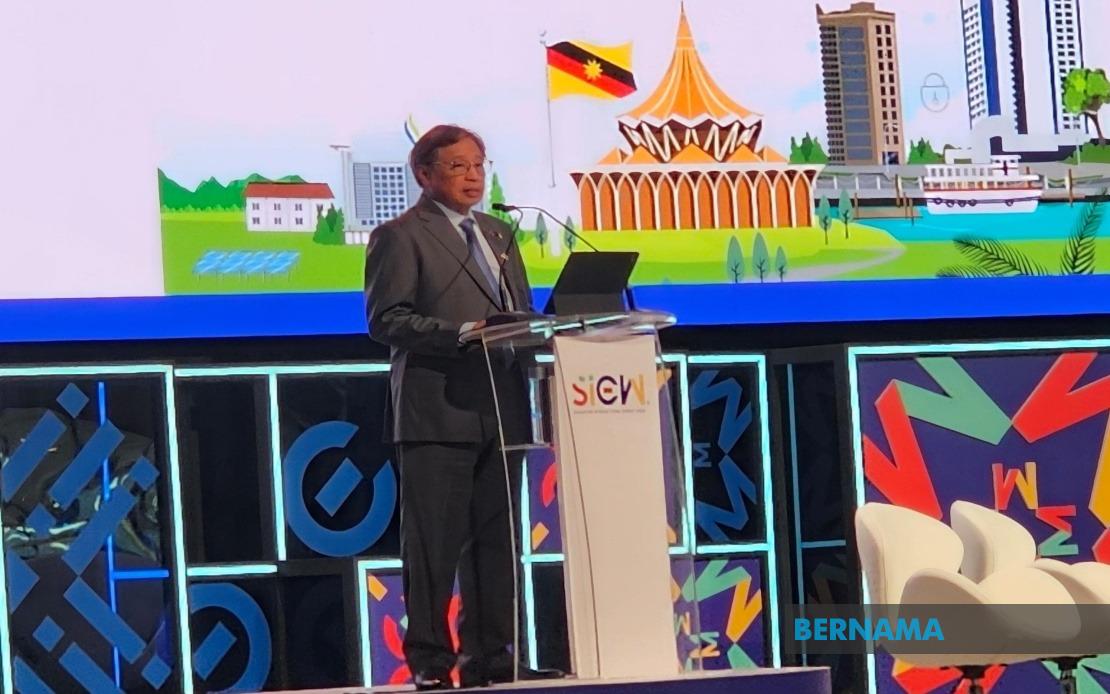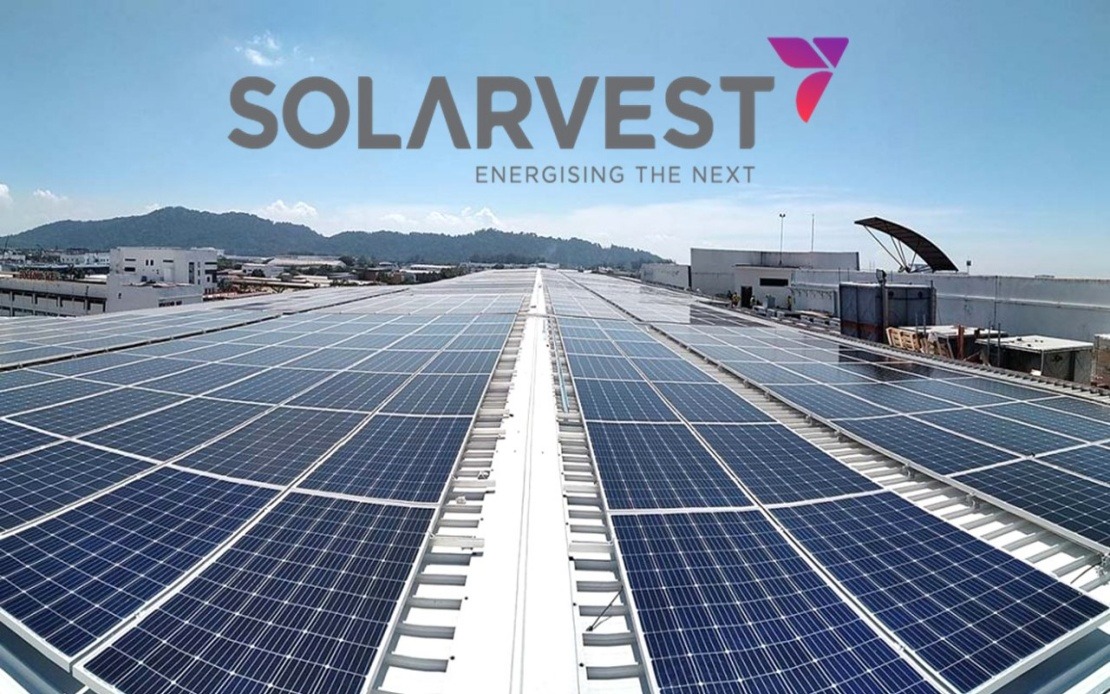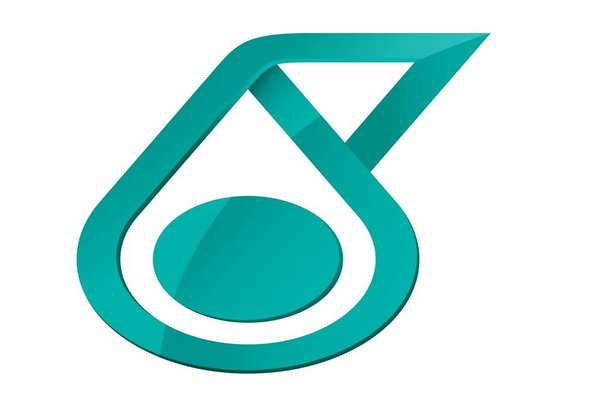News
Outlook for oil and gas industry challenging - Petronas
KUALA LUMPUR, Dec 13 -- The outlook for the oil and gas industry remains challenging amid geopolitical upheavals, prolonged trade tensions, and a global economic slowdown resulting in demand disruptions, Petronas vice president for group procurement Liza Mustapha said.
“The challenging landscape would require Petronas and all its partners to continue to be conscious in managing costs, implement activity levelling to sustain offshore activities and pursue innovative solutions to unlock value in our supply chain,” she said in the Petronas Activity Outlook (PAO) 2020-2022 report today.
She said while managing costs may have its limits, Petronas must focus its efforts on, among others, technological advancements and digitalisation of processes which will bring bigger benefits over a longer horizon in enhancing competitiveness and ultimately resiliency to weather any storm that comes its way.
Petronas foresees a steady outlook for drilling, production support, marine vessels and decommissioning activities. “Steady outlook can be expected for decommissioning projects as 44 per cent of facilities in Malaysian waters are operating beyond design life,” PAO said.
The abundance of investment opportunities in Malaysian waters with a portfolio of projects coming onstream in the future depicts a healthy outlook, it said.
For downstream, there is a positive outlook for turnaround and maintenance activities.
This year, it said, Petronas is sharing contracts covering a broader spectrum of jobs with sizeable values for large players as well as small and medium enterprises (SMEs).
As many of these contracts are due for re-tendering in the period of 2020-2022, this would be an opportune time for players to strategise on resources, new technology offerings, and strategic partnerships.
On other developments, PAO noted that the oil price in 2019 has fluctuated from a daily low of US$53 per barrel (US$1 = RM4.15) to a high of US$75 per barrel (as at November 2019) yielding an average of US$64 per barrel compared with the average of US$71 per barrel in 2018.
It said robust supply coming from non-Opec (Organisation of the Petroleum Exporting Countries) producers, predominantly from the United States (US), has caused a build-up in oil inventory.
The US, currently the largest producer of crude oil, is targeting to be a net energy exporter by 2020.
In addition, there are other projects being ramped up in Canada, Brazil, Guyana, and Norway.
The International Energy Agency (IEA), in its November 2019 report, indicated that non-Opec production is expected to continue to grow, adding 2.3 million barrels per day of oil supply in 2020.
-- BERNAMA
Other News
Sarawak Lepasi Sasaran Kapasiti Gabungan Tenaga Boleh Baharu Tahun Ini - Abang Johari

Oleh Nur Ashikin Abdul Aziz
SINGAPURA, 21 Okt (Bernama) -- Sarawak mencapai 62 peratus sasaran campuran kapasiti tenaga boleh baharu (TBB) tahun ini, melepasi sasaran 60 peratus yang digariskan dalam Strategi Pembangunan Pasca COVID-19 (PCDS) 2030.
Sarawak Pacu Pertumbuhan Tenaga Boleh Diperbaharui Untuk Manfaat ASEAN - Premier

SINGAPURA, 21 Okt (Bernama) -- Sarawak komited menyokong peralihan tenaga boleh diperbaharui di Asia Tenggara dengan memanfaatkan potensinya sebagai "Bateri ASEAN," yang akan membekalkan tenaga bersih menerusi sambungan Grid Kuasa Borneo dan ASEAN.
Belanjawan 2025 Percepat Peralihan Kepada Tenaga Bersih - Solarvest

KUALA LUMPUR, 19 Okt (Bernama) -- Belanjawan 2025 merupakan satu langkah ke arah mempercepat peralihan kepada tenaga bersih di Malaysia, kata Solarvest Holdings Bhd.
© 2025 BERNAMA. All Rights Reserved.
Disclaimer | Privacy Policy | Security Policy This material may not be published, broadcast,
rewritten or redistributed in any form except with the prior written permission of BERNAMA.
Contact us :
General [ +603-2693 9933, helpdesk@bernama.com ]
Product/Service Enquiries [ +603-2050 4466, digitalsales@bernama.com ]
